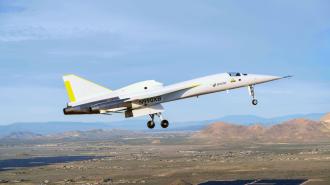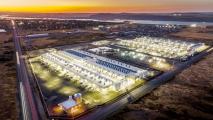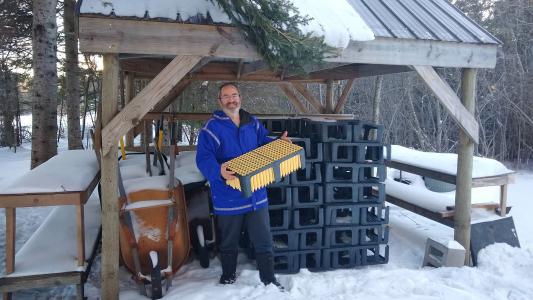Boom Supersonic just got a major step closer to its goal of building the next commercial supersonic jet with the first test flight of a demonstrator plane.
“I’ve been looking forward to this flight since founding Boom in 2014, and it marks the most significant milestone yet on our path to bring supersonic travel to passengers worldwide,” said Blake Scholl, founder and CEO of Boom Supersonic.
Breaking the barrier: Supersonic flight (767 mph or faster) has been possible since the 1940s, but the West has only ever had one commercial supersonic jet — the Concorde — and it was a flop. The jet burned through fuel, which made it hugely expensive to operate and led to its retirement in 2003.
“The experience we have gained in reaching this milestone will be invaluable to Boom’s revival of supersonic travel.”
Bill “Doc” Shoemaker
In addition, a 1973 rule from the FAA banned supersonic flights over land, because of concerns about noise, which drastically limited the potential market for new supersonic jets. Today, though, the international air travel market has grown enormously, and new technology is making supersonics potentially quieter than ever, which might lead the FAA to revisit its rule.
The demand for a new supersonic jet is theoretically huge — who wouldn’t want shorter plane rides? — but the concept will only work if someone can figure out how to keep operating costs low enough that passengers are willing to pay for tickets.
The idea: Denver-based startup Boom Supersonic is on a mission to bring back supersonic travel with the Overture, an in-development supersonic jet designed to have a cruising speed of 1,227 mph — fast enough to get you from New York to London in half the usual 7-hour flight time.
Thanks to advances in materials, propulsion, and aerodynamics, Boom believes the Overture will be far more fuel efficient than the Concorde. Because the Overture is being designed to run on sustainable aviation fuel, it could also be less of a burden on the environment.
What’s new? On March 22, Boom announced that it had flown the XB-1 — a supersonic jet designed to demonstrate tech that will go into the Overture — for the first time.
Boom didn’t push the XB-1 into supersonic speeds during the first test flight, reaching only a top speed of 273 mph and an altitude of 7,120 feet. The main goals were to assess the XB-1’s handling and stability while in the air.
“Everyone on the XB-1 team should be incredibly proud of this achievement … The experience we have gained in reaching this milestone will be invaluable to Boom’s revival of supersonic travel,” said Bill “Doc” Shoemaker, who piloted the XB-1 during the test flight.
Looking ahead: Boom plans to continue pushing the XB-1 in each future test flight until it’s finally ready to break the sound barrier. The goal is to then have the first Overture built by 2026, with test flights of the supersonic jet beginning the following year.
Boom already has orders and pre-orders from American Airlines, United Airlines, and Japan Airlines for 130 Overtures, and it says its goal is to be ready for commercial service by 2029 — meaning you could be flying supersonic before the end of the decade.
We’d love to hear from you! If you have a comment about this article or if you have a tip for a future Freethink story, please email us at [email protected].






